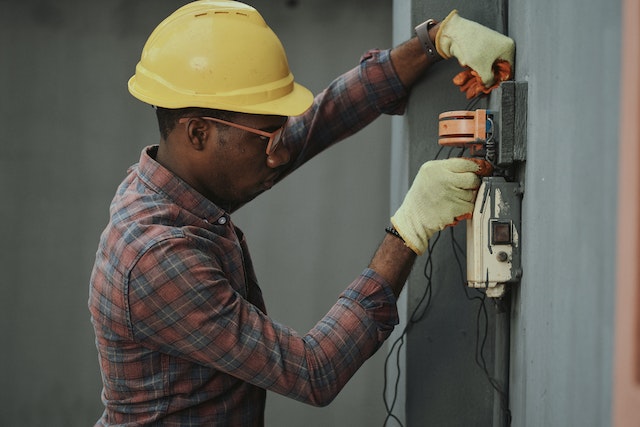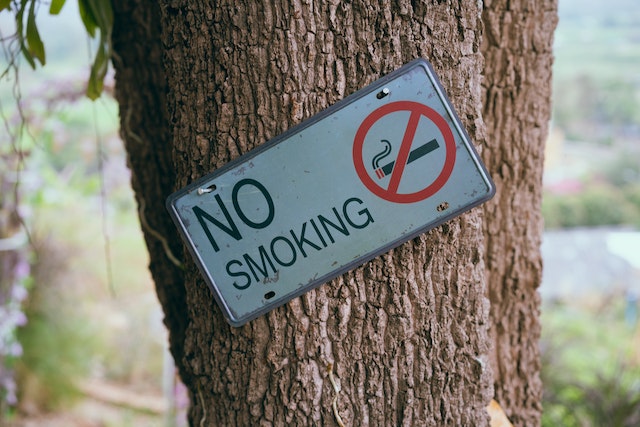Landlord Blog
Education and news for smart DIY landlords!
9 Tips to Keep Your Rental Property and Tenants Safe

As a landlord, ensuring the safety of your tenants and your rental property should be a top priority. A safe and secure rental property not only protects your investment, but it also helps you build a positive relationship with your tenants, which can lead to long-term tenancies and reduce turnover.
Looking for ideas to keep your rental safe? Read these tips:
1. Install and Maintain Adequate Security Measures
One of the first steps to keeping your rental property safe is to install and maintain adequate security measures. This includes installing sturdy door and window locks, deadbolts, and peepholes.
Consider installing a security system with motion sensors, alarms, and surveillance cameras. Make sure all security measures are regularly inspected and maintained to ensure they are functioning properly.
2. Provide Sufficient Lighting
A well-lit property can deter criminal activities and create a sense of safety for your tenants. Ensure that all common areas, walkways, and entrances are well-lit, both indoors and outdoors. Replace burnt-out bulbs promptly and address any dark areas that may pose a safety risk. Consider installing motion-sensor lights to save energy and alert you to any suspicious activity.
3. Conduct Regular Property Inspections

Regular property inspections are crucial to identify and address any safety concerns promptly. Conduct inspections at least once a year, and more frequently for common areas or high-traffic areas. Inspect the property for any potential hazards, such as faulty wiring, leaks, or structural issues. Address any repairs or maintenance needs promptly to prevent accidents and ensure the safety of your tenants.
4. Provide Emergency Preparedness Information
Provide your tenants with emergency preparedness information, such as fire escape routes, emergency contact numbers, and the location of fire extinguishers and first aid kits. Consider organizing regular fire drills and providing guidelines for emergency situations, such as severe weather or gas leaks. Keeping your tenants informed and prepared can greatly enhance their safety and well-being.
5. Screen Tenants Thoroughly
Tenant screening is a critical step in ensuring the safety of your rental property. Conduct thorough background checks on all prospective tenants, including criminal history, credit checks, and rental references. Check their employment status and income to determine whether they can afford the rent. Avoid rushing the screening process and prioritize tenant quality over quantity.
Read more: Top Mistakes to Avoid When Screening Tenants
6. Promptly Address Maintenance Requests
Timely addressing of maintenance requests can prevent small issues from turning into bigger problems and posing safety risks. Encourage your tenants to report any maintenance concerns promptly and ensure that they know how to contact you. Respond to maintenance requests in a timely manner and hire qualified professionals to handle repairs and maintenance.
7. Enforce Clear Safety Rules and Regulations
Establish clear safety rules and regulations for your tenants and enforce them consistently. This may include rules such as no smoking indoors, no unauthorized modifications to the property, and restrictions on certain activities that may pose safety risks. Clearly communicate these rules in the lease agreement and post them in common areas to ensure that all tenants are aware of them.

8. Educate Tenants on Security Measures
Educate your tenants on the importance of security measures and provide guidelines on how to keep themselves and the property safe. This may include advising them to lock all doors and windows, not to share access codes or keys with unauthorized individuals, and not to prop open doors. Provide resources, such as brochures or websites, where tenants can learn more about safety tips and guidelines.
9. Foster a Sense of Community
Creating a sense of community among your tenants can contribute to the overall safety of your rental property. Encourage neighborly interactions and establish channels of communication among tenants. This can help them look out for each other and report any suspicious activities promptly.
Final Thoughts
Ensuring the safety of your tenants and rental property requires proactive measures, effective communication, and regular inspections. By implementing adequate measures such as the ones we shared above, you’ll be able to keep your property in good shape and have peace of mind!
For more advice, we recommend the guides below:
